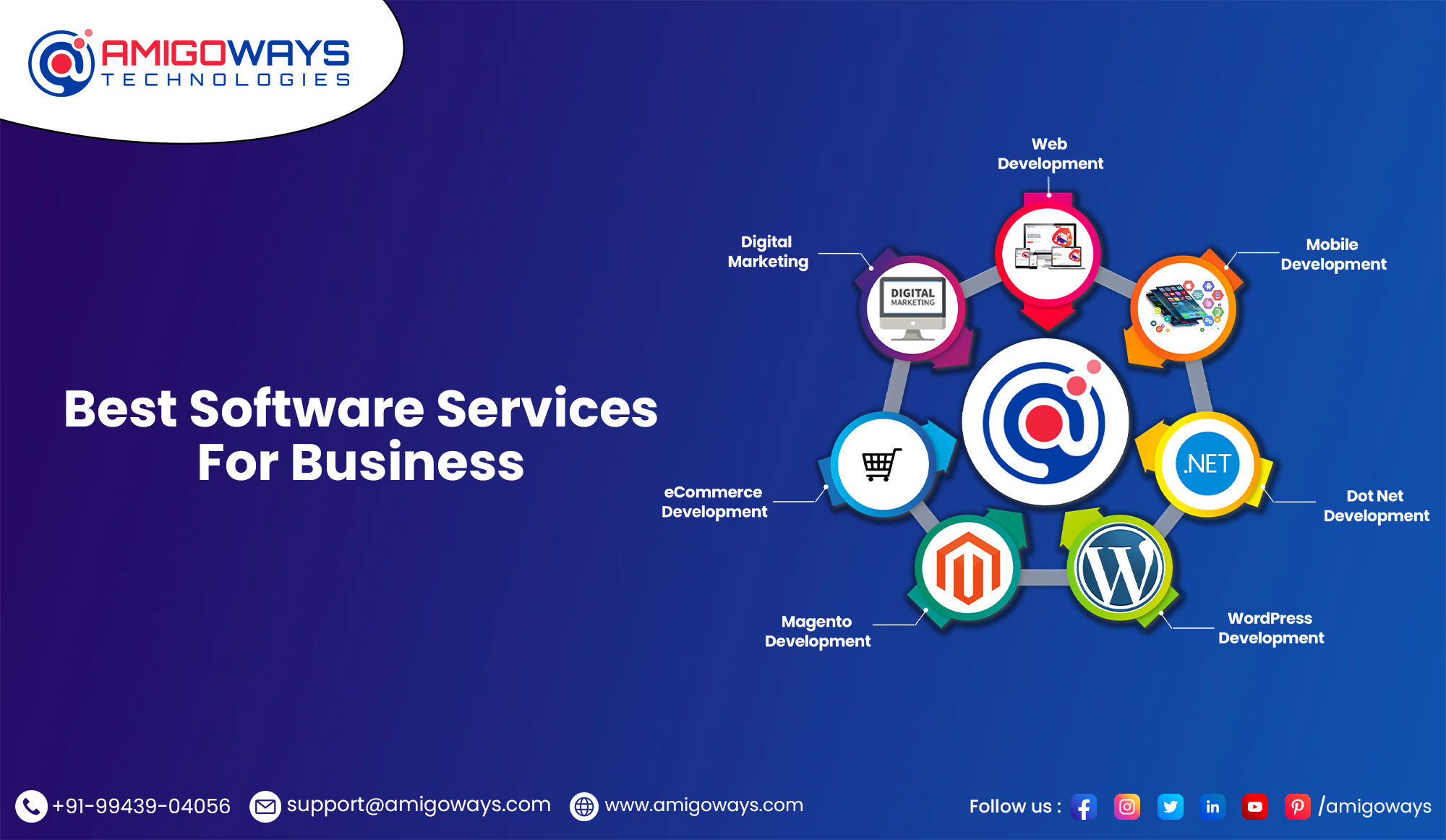In the evolving world of workspaces, the role of commercial interior design has become crucial for businesses striving to create environments that promote productivity, collaboration, and employee well-being. Open office layouts have gained significant popularity due to their ability to foster communication and flexibility, but if not designed with intention, they can lead to distractions and inefficiencies. This is where thoughtful commercial interior design can make a significant impact.
The Power of Commercial Interior Design in Open Offices
Commercial interior design is more than just aesthetics. It’s about creating functional spaces that support the specific needs of an organization while enhancing productivity and employee satisfaction. In open offices, the challenge lies in balancing openness with privacy, promoting collaboration without sacrificing concentration, and designing spaces that are adaptable to changing work dynamics.
Here are some key strategies to optimize space and boost productivity through commercial interior design in open offices:
1. Zoning for Different Work Activities
Open offices can easily become chaotic if all employees are expected to perform various tasks—such as focused work, collaboration, and brainstorming—in the same environment. By utilizing commercial interior design principles, designers can create distinct zones within an open office that cater to different work modes. For example:
- Quiet zones for focused tasks
- Collaborative spaces for teamwork and meetings
- Breakout areas for informal discussions and relaxation
Each zone can be defined using subtle design elements like different flooring materials, lighting, or furniture arrangements, ensuring that employees have the right environment for the task at hand.
2. Incorporating Flexible Furniture Solutions
Flexibility is key in modern workplaces, especially as businesses grow and change. In open office spaces, furniture should not only be stylish but also versatile. Modular furniture that can be easily reconfigured allows teams to adjust the space according to their needs, whether it’s for a large group meeting, a solo project, or a spontaneous brainstorming session.
By investing in adaptable commercial interior design solutions, businesses can create an environment that supports a range of working styles, ultimately leading to increased productivity.
3. Balancing Openness with Privacy
One of the most common challenges in open office designs is the lack of privacy. While open layouts encourage communication, they can also lead to noise distractions and a lack of personal space. To address this, commercial interior design strategies often include the use of acoustic panels, sound-absorbing materials, and privacy screens. These elements help reduce noise levels and provide employees with semi-private areas where they can focus without feeling isolated from the rest of the team.
4. Optimizing Natural Light and Biophilic Design
Natural light is a key component of productivity and employee well-being. Studies have shown that access to natural light can improve mood, reduce eye strain, and increase focus. In commercial interior design, optimizing the layout to allow for maximum daylight is essential. Designers often position workstations near windows or incorporate glass walls to allow light to flow through the space.
In addition, incorporating biophilic design—which integrates natural elements like plants, natural materials, and water features—can further enhance the work environment. These elements create a calming atmosphere, reduce stress, and contribute to a more pleasant and productive workplace.
5. Technology Integration for Seamless Collaboration
Open offices thrive on connectivity and communication, and technology plays a significant role in facilitating this. Commercial interior design should consider the integration of modern technology to support seamless collaboration. This includes:
- Wireless connectivity
- Smartboards for meetings
- Video conferencing setups
- Charging stations integrated into furniture
By embedding these technological features into the office layout, businesses can ensure that employees stay connected and productive without the frustration of dealing with technical issues or cluttered wires.
6. Designing for Well-being
Employee well-being is directly linked to productivity. Comfortable and ergonomic furniture, ample space to move around, and areas for relaxation contribute to a healthy work environment. Commercial interior design should prioritize these elements to prevent burnout and support long-term employee engagement.
Moreover, incorporating wellness-focused features, such as standing desks, quiet rooms for relaxation, and even fitness areas, can go a long way in boosting both morale and productivity.
7. Sustainability in Commercial Interior Design
Sustainability is becoming an essential consideration in commercial interior design. Using eco-friendly materials, energy-efficient lighting, and sustainable furniture not only reduces a company’s environmental footprint but also aligns with employee values and creates a positive workplace culture. Sustainable designs are often associated with cleaner air, improved lighting, and a healthier overall environment, all of which contribute to enhanced productivity in open offices.
Conclusion
Commercial interior design is a powerful tool in shaping workspaces that inspire creativity, collaboration, and efficiency. By strategically utilizing space, balancing openness with privacy, and integrating technology and wellness features, businesses can create open office environments that maximize productivity and promote a positive employee experience. Thoughtful design is not just about making a workspace look good—it’s about making it work better for the people who use it every day.
Whether you’re designing a new office or reconfiguring an existing one, investing in commercial interior design will pay dividends in terms of productivity, employee satisfaction, and overall business success.



